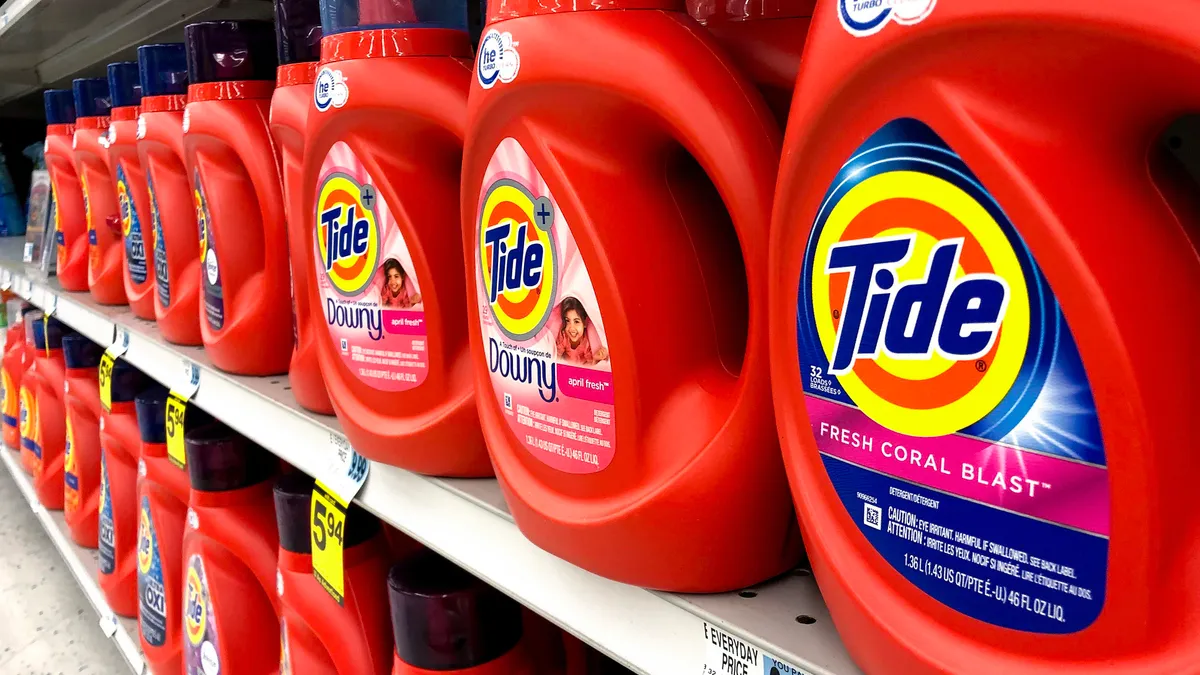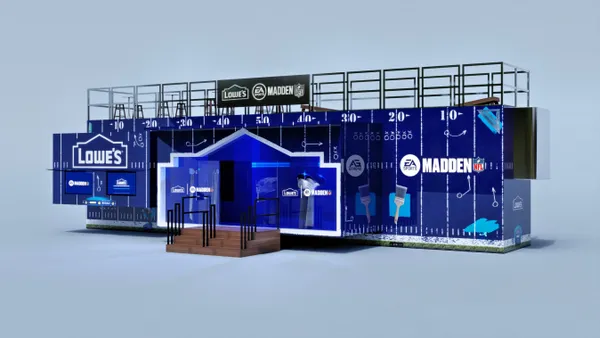Dive Brief:
- Procter & Gamble has increased marketing efficiency by in-housing media functions for some of its business units, according to executive statements made on a call discussing fourth-quarter earnings results with analysts.
- The consumer packaged goods giant’s fabric care team has in-housed media planning and buying duties and developed proprietary algorithms for better placing TV commercials, finance chief Andre Schulten said. The strategy so far has resulted in $65 million in annual savings and more frequency for the segment.
- Schulten said that other categories are still building out their own approaches and internal capabilities to support productivity. P&G for years has been simplifying its agency structure in the name of efficiency and cutting down on costs.
Dive Insight:
P&G dug into some of the nuances behind its current in-housing and media strategy when discussing Q4 results, which showed the CPG giant under pressure as consumers cut back due to inflation.
Executives emphasized that the company’s various product categories — it operates five sector-based business units — have different needs, suggesting there’s not a one-size-fits-all solution to areas like agency work even as “sufficiency” remains the guiding mandate. Ad spending was up $140 million in Q4 compared to the prior quarter, according to Schulten, though the holidays tend to be busier for marketing.
“I would characterize our current media spending and support spending for our brands as sufficient [...],” said Schulten on the analyst call. “And sufficiency is defined as sufficient reach, sufficient frequency. It's not defined as dollars spent.”
In-housing trends have fluctuated over time, but P&G has steadily migrated more media functions under its own roof. As of 2019, it claimed to handle about 30% of such operations internally, but that number has potentially grown in the time since.
The marketer’s fabric care segment, for example, plays to a wider audience than that of baby care, which is aimed at new parents who make up just a small percentage of the population and won’t be buying diapers forever. Given fabric care’s comparatively wide target, P&G has seen fit to wrest more control over media buying and planning, along with creating more robust internal targeting capabilities.
That approach saved the company tens of millions last year as many brands fought to make their dollars go further. While taking a different tack, baby care still grew 10% in 2022, per Schulten. The unit’s reach increased 20% and awareness was up 26%, while it saved 15% on media.
P&G, which owns brands like Downy, Tide and Pampers, is among the top marketers in the world by media spend, making its moves influential in the CPG industry and beyond. The company saw organic sales up 5% year-on-year in Q4 but volumes dipped 6% amid price hikes.















